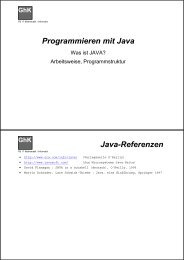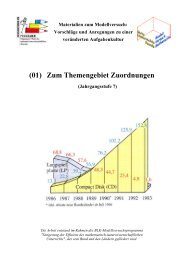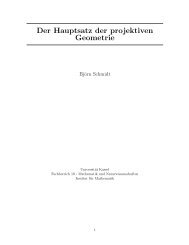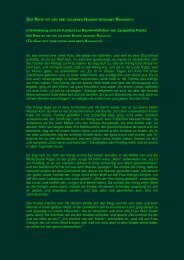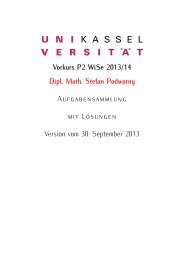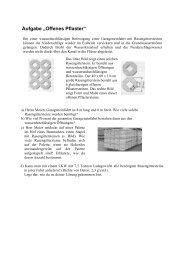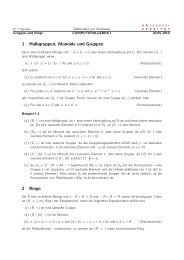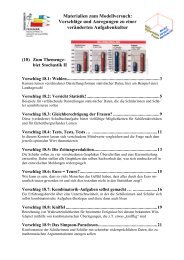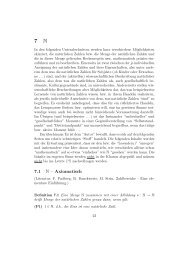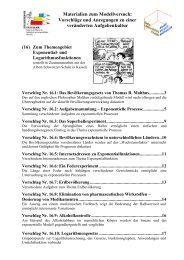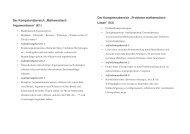Solving Differential Equations in Terms of Bessel Functions
Solving Differential Equations in Terms of Bessel Functions
Solving Differential Equations in Terms of Bessel Functions
You also want an ePaper? Increase the reach of your titles
YUMPU automatically turns print PDFs into web optimized ePapers that Google loves.
40 CHAPTER 2. TRANSFORMATIONS<br />
where λ1,λ2 ∈ Z and S1,S2 ∈ k((t))[ln(t)]. Thus,<br />
ry + sy ′ <br />
e + λ3<br />
= exp dt S3,<br />
t<br />
where λ3 ∈ Z depends on λ1 and λ2 and is such that the Puiseux series S3 ∈<br />
k((t))[ln(t)] starts with a non-zero constant term. Hence, ē is a generalized exponents<br />
<strong>of</strong> L and ē = e + λ3 = e mod Z. <br />
The exponent difference ∆ has the follow<strong>in</strong>g property.<br />
Corollary 2.15 Two operators L1,L2 ∈ K[∂] with L1 −→EG L2 satisfy ∆(L1, p) =<br />
∆(L2, p) mod Z for each po<strong>in</strong>t p, i.e. ∆(L1, p) mod Z is <strong>in</strong>variant under −→EG.<br />
This result will be used <strong>in</strong> the follow<strong>in</strong>g theorem.<br />
Theorem 2.16 Let L ∈ K[∂] be a differential operator and let p be a fixed po<strong>in</strong>t.<br />
If there exists an operator M ∈ K[∂] where p is regular such that M −→EG L, then<br />
the solutions <strong>of</strong> L are not logarithmic and ∆(L, p) ∈ Z.<br />
Pro<strong>of</strong>. Let M and p be as required. Then there exist rational functions r0,r1,r2 ∈ K<br />
and ˜M ∈ K[∂] such that<br />
M r0 r1,r2<br />
−→E ˜M −→G L.<br />
Furthermore, let p be a regular po<strong>in</strong>t <strong>of</strong> M. The generalized exponents at p are<br />
0 and 1. Hence, ∆(M, p) ∈ Z and from the previous corollary it follows that<br />
∆(L, p) ∈ Z.<br />
Let<br />
y1 =<br />
∞<br />
∑<br />
i=0<br />
ait i p,a0 = 0 and y2 =<br />
∞<br />
∑<br />
i=1<br />
bit i p,b1 = 0<br />
be l<strong>in</strong>ear <strong>in</strong>dependent local solutions <strong>of</strong> M at the po<strong>in</strong>t p, i.e.<br />
V (M) = {c1y1 + c2y2 | c1,c2 ∈ K}.<br />
After the exp-product the solution space is<br />
<br />
<br />
V ( ˜M)<br />
<br />
= exp (c1y1 + c2y2) c1,c2 ∈ K<br />
and the gauge transformation changes this <strong>in</strong>to<br />
r0<br />
V (L) = r1z + r2z ′ | z ∈ V ( ˜M) .



